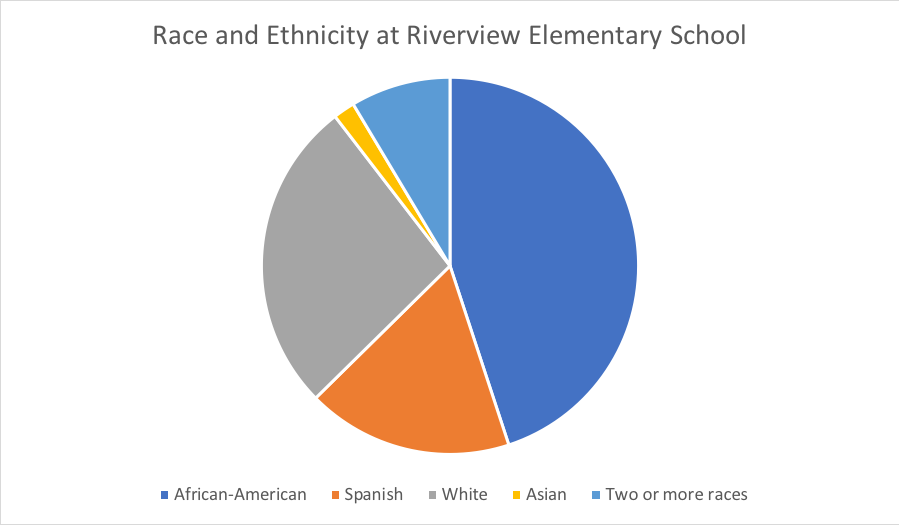
This past semester, I volunteered at Hillcrest Elementary School. I worked as a volunteer with first grade students who did not speak English as their first language. At the beginning of the semester, I spent most of my time at Hillcrest working with two girls who had recently moved from predominately Spanish-speaking countries. One of the girls knew a fair amount of English while the other girl knew little to no English. I only volunteered at Hillcrest once a week for about an hour with the girls, and I never felt that I made a dent when trying to teach them English through reading and writing activities. However, about halfway through the semester, the two girls began to work with a language specialist. They would go off privately with the specialist teacher and I wouldn’t see them at all for some of my visits. Though I missed working with them, I counted this as a victory for them because I am not at all qualified to teach children how to read and write, let alone children who don’t even speak the language they are trying to learn. While I had not directly advocated for these students through protests or reaching out to a higher authority (I acted more as a passive activist) , the fact that the school needed volunteers (such as myself) at all showed that these students were prevalent enough that a specialist had to be brought in to help them catch up to the other students in their age group. This action of bringing in special English teachers is an important stride for the non-English speaking students in U.S. schools. It illustrates that teachers and parents have been heard and are receiving the scholastic help that is necessary for their children to succeed academically and eventually in the work-force.
Nevertheless, there are still issues that arise with this new form of aiding students who do not speak English as their first language. The students are still not advancing as much as they should be with their language skills with the special English teacher. About a month and a half after the two first grade-age girls had started working with the specialist, I again spent some time with them, playing a letter association game. Neither of the girls had improved very much since the beginning of the semester. The girl that spoke English fairly well was doing well with the letters (but still missing a few of them like at the beginning of the semester), yet the girl that knew no English at the beginning of the semester still could not tell me the majority of the letters. She couldn’t even form a full sentence in English to talk to me. I soon learned why she still was not improving her language skills when the teaching assistant asked the girl who knew more English to translate for this girl who barely knew English. While the girls must have long sessions with the specialist everyday, they were not retaining the knowledge they learned because their own teachers were not enforcing it at school, and I do not believe they spoke English at home either. In order for there to be an effective school system for these non-English speaking students, the lessons they learn at school must be implemented during all parts of the school day and even at home, if possible. Hillcrest actually has many online resources for Spanish-speaking students that may be helpful for students and parents alike to learn English together. Without a more vigorous approach to helping these students learn English, they will not only fall behind in their language skills but also academically in other subjects and in making friends who predominately speak English.
Reflecting back on my volunteering and passive activism at Hillcrest this last semester, I am a bit disappointed in the lack of change I enacted at my service site. While I know I helped the teacher of the class I worked in, I feel that the two girls that are learning English will face many challenges in the future in both their academics as well as their social lives because they are not learning English quickly or effectively. I am not satisfied with my passive activist approach and I wish to do more to help these girls. Next time, I would most likely still volunteer because then I would have hands-on experiences with the children and see where the improvement to the current curriculum is needed. However, I would also work with families and students outside of the classroom by providing more resources for children and parents to learn English. There is only so much learning that the school could fit in a school day, so I would probably push for an after-school program for the students who need the most help or just want to improve their language skills. Lastly, I would also call educators and state legislators to tailor the curriculum so it can fit the student and provide him or her with the best possible education for them.
Photo Credit:
“Hillcrest Elementary.” Home – Hillcrest Elementary, hillcrestes.ss3.sharpschool.com/.








